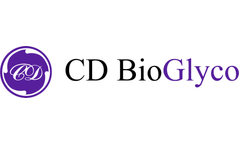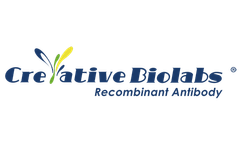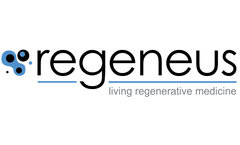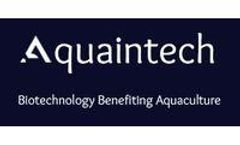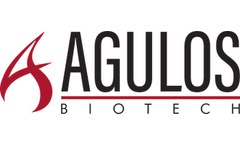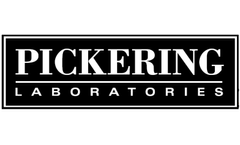Animal Production Articles & Analysis: Older
13 articles found
It can occur within minutes of consuming a food product. Therefore, allergens must be clearly stated by manufacturers on food labels, showing food source ingredients, additives and possible contamination of products where machinery is used for multiple processes. ...
In addition to photosynthesis, animals also have the ability to synthesize carbohydrates through various metabolic pathways. ...
Agriculture: The agricultural sector benefits from α-Galactosidase's application in animal feed. By improving livestock digestion, it leads to healthier animals and, consequently, increased productivity. ...
Effective hand hygiene reduces the risk of meat contamination and the transmission of foodborne disease Clean hands are essential to health and effective handwashing is one of the simplest ways to prevent the spread of germs. Hand hygiene is particularly important in minimizing food safety risks along food animal chains, as there are many diseases that can be transmitted to humans from polluted ...
The ability to manipulate the microbiome to reduce stress the animals are under, inure them to the presence of pathogens, and in general to increase productivity is being touted as a solution to compensate for poor biosecurity. ...
Published by Vijay K Singh and Thomas M Seed on September 3, 2021, in Expert Opinion on Drug Discovery and deals with the necessity of animal models for modern drug research in the direction of animal strains, animal models, requirements, and pathways for developing new drugs. The use of experimental animal models in drug development aids in the understanding of disease and/or related conditions' ...
Since then, I’ve worked closely in the development of all our products at Regeneus. I believe my pharma experience benefited my approach to research and assisted in our journey to commercialisation. After many years in animal product development, my research moved to a more human product focus including a PhD on improving ...
As their usage increased, it was observed that they also could play an important role in the production of animals and they eventually were deemed essential to provide a burgeoning human population with high quality, safe, cheap animal protein. Observations of the positive benefits of these anti-microbial substances led to their usage at ever ...
The most commonly used type of serum is FBS (fetal bovine serum), which is extracted from fetal calf blood. Because serum is derived from animal sources, this is a component that must be replaced for cultivated meat production in order to create a truly animal-free product. ...
Artificial skin is also a valuable asset to R&D for animal free product testing, toxicity assessments, UV photoaging, cancer biology, and cell growth and communication studies (4). ...
CWD (Chronic Wasting disease) is spreading in the United States. It is an infectious disease affecting deer and elk, leaving them ‘zombie like’, according to experts. CWD has already spread to 24 US states as of August 2019. The disease has been seen to affect animals such as reindeer, moose, elk and various deer species. It has been found in free-ranging deer and elk as well as ...
” First, it released Guidance for Industry #213 (GFI #213) titled “New animal drugs and new animal drug combination products administered in or on medicated feed or drinking water of food-producing animals: Recommendations for drug sponsors for voluntarily aligning product use conditions with GFI ...
Aminoglycoside antibiotics are among those commonly used in animal feeds to manage intestinal microorganisms. The beneficial effects include improved growth and generally healthier animal populations. Use of antibiotics creates a demand for analytical procedures to verify concentrations in pre-mixes and feeds and in some instances for residue analysis in ...


